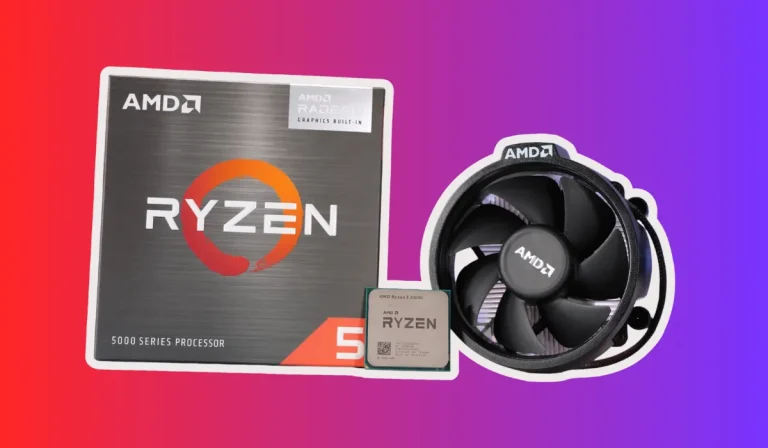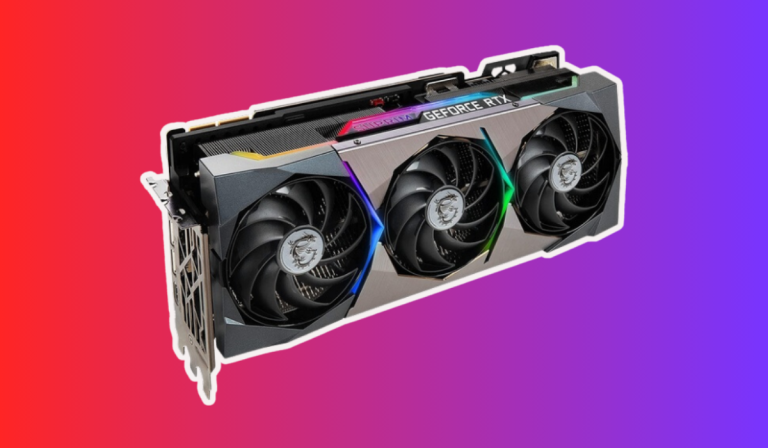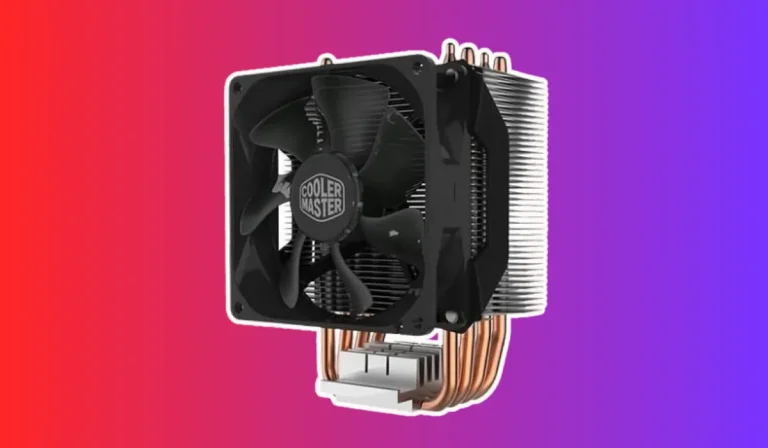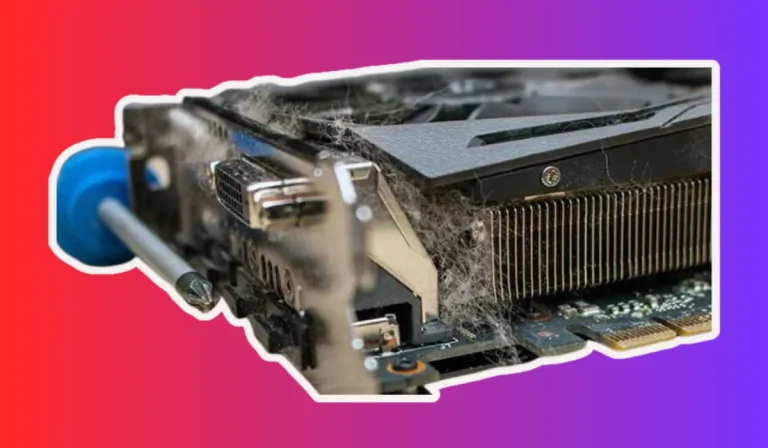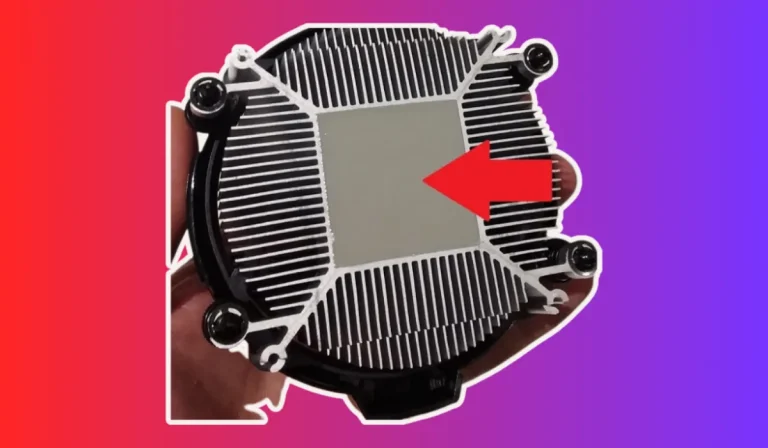Are CPU Coolers Universal?
Are you wondering if CPU coolers are universal? Well, let’s dive into the fascinating world of computer processors and cooling systems! Contrary to popular belief, CPU coolers aren’t one-size-fits-all.
They play a crucial role in maintaining optimal temperatures, but compatibility is key. In this blog post, we’ll unravel the mystery and guide you through the ins and outs of CPU cooler compatibility and installation. So, let’s get started!
CPU Cooler Compatibility
When it comes to CPU coolers, compatibility is crucial. You can’t just pick any cooler and expect it to work seamlessly with your processor. Here, we’ll explore the concept of CPU cooler compatibility and help you understand the key factors to consider when choosing the right cooler for your system.
Understanding CPU Socket Types
The first thing to consider is the CPU socket type. Different processors have different socket designs, and each socket requires a specific cooler. Common socket types include AM4, LGA 1151, and TR4, among others. Make sure to check your processor’s socket type and ensure that the cooler you choose is compatible.
Thermal Design Power (TDP)
Another important factor to consider is the Thermal Design Power (TDP) of your CPU. TDP refers to the amount of heat that a processor generates. It is measured in watts. A higher TDP means more heat, which requires a more powerful cooler to dissipate it effectively. Ensure that the cooler you select can handle the TDP of your CPU.
Dimensions and Clearance
It’s also crucial to consider the dimensions and clearance in your PC case. Some coolers can be quite large and may not fit in smaller cases. Measure the available space in your case and check the cooler’s dimensions to ensure a proper fit. Additionally, consider the clearance around the CPU socket area to avoid any interference with other components.
Cooler Mounting Mechanisms
Different coolers have different mounting mechanisms. Some use a backplate and require access to the motherboard’s rear side for installation. Others may use a clip-on or screw-on mechanism. Make sure that the cooler’s mounting mechanism is compatible with your motherboard to ensure a hassle-free installation process.
Installing CPU Coolers
Ready to give your CPU the cooling it deserves? Here, we’ll walk you through the step-by-step process of installing CPU coolers. Whether you’re opting for an air cooler, liquid cooler, or an all-in-one (AIO) cooler, we’ve got you covered with easy-to-follow instructions.
Air Cooler Installation
Installing an air cooler is a straightforward process. Start by preparing the necessary tools, including a screwdriver and thermal paste. Then, carefully align the cooler’s mounting brackets with the corresponding holes on the motherboard.
Secure the cooler in place using the provided screws, making sure it sits firmly on the CPU. Finally, apply a small amount of thermal paste on the CPU surface before attaching the cooler’s heat sink.
Liquid Cooler Installation
Liquid coolers offer excellent cooling performance and aesthetics. Begin by attaching the radiator to the case, ensuring proper clearance and fan orientation. Mount the water block on the CPU, following the manufacturer’s instructions.
Connect the radiator fans and pump to the appropriate headers on the motherboard. Lastly, make sure to fill the liquid cooler with coolant, if required, and perform any necessary software configurations.
All-in-One (AIO) Cooler Installation
AIO coolers provide the convenience of liquid cooling in an easy-to-install package. Start by preparing the necessary tools and locating the appropriate mounting brackets for your CPU socket.
Attach the brackets to the water block, aligning them with the holes on the motherboard. Secure the cooler in place using the provided screws. Connect the fans and pump to the motherboard headers, and you’re good to go.
FAQ’s
1. Are CPU coolers universal?
No, CPU coolers are not universal. They come in various sizes and designs to fit specific CPU sockets and thermal requirements.
2. How do I know if a CPU cooler is compatible with my processor?
To determine compatibility, check your processor’s socket type and compare it with the cooler’s specifications. Ensure that the cooler supports your CPU’s socket and has a sufficient thermal design power (TDP) rating.
3. Can I use an Intel CPU cooler on an AMD processor?
In most cases, Intel CPU coolers are not compatible with AMD processors due to differences in socket designs. It’s essential to use a cooler specifically designed for your processor’s socket type.
4. What happens if I use an incompatible CPU cooler?
Using an incompatible CPU cooler can lead to improper fitment, inadequate cooling, or potential damage to your processor and motherboard. It’s crucial to choose a cooler that is compatible with your specific CPU socket.
5. Can I reuse a CPU cooler when upgrading my processor?
In some cases, you may be able to reuse a CPU cooler when upgrading your processor. However, it depends on the compatibility between the new processor’s socket type and the cooler’s design. Always verify compatibility before reusing a cooler to ensure optimal performance and cooling efficiency.
Conclusion
CPU coolers are not universal, and it’s important to choose a cooler that is compatible with your specific CPU socket. Using an incompatible cooler can lead to inadequate cooling and potential damage to your processor. Always check compatibility to ensure optimal performance and longevity of your system.

